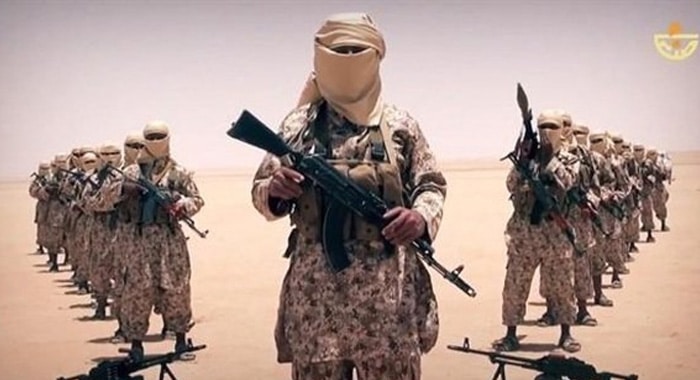The Middle East stands at the brink of a dangerous regional conflagration as Yemen’s Houthi rebels officially joined the Iran-Israel conflict, launching ballistic missiles into Israeli territory in a coordinated operation with Tehran. The escalation marks the most serious widening of hostilities in recent years, fueling concerns that the conflict could spiral into a prolonged, multi-front war with far-reaching geopolitical consequences.
On Sunday, Houthi forces fired a series of ballistic missiles toward the Israeli city of Yafa, with the group’s military spokesperson, Brigadier General Yahya Saree, confirming the strikes targeted “sensitive facilities.” Saree stated the attack was executed in “direct coordination” with recent Iranian missile barrages on Israel, underscoring growing operational synergy within the so-called “Axis of Resistance” a regional alliance comprising Iran, Hezbollah, Iraq’s Shia militias, and now, the Houthis.
“The missiles launched by our forces were not symbolic,” Saree declared. “They were part of a unified strategic offensive coordinated with Tehran, and our operations will continue until Israeli aggression ends.”
In retaliation, the Israeli Air Force conducted precision airstrikes deep into Houthi-held territory in Yemen, targeting what it described as command and control nodes and leadership compounds. Israeli media outlets including Channel 10 and Axios reported that the strikes aimed to neutralize senior Houthi military commanders, though sources close to the group dismissed the claims as “psychological warfare,” intended to deflect from Israel’s failure to prevent the recent missile barrage.
Abdel-Malik al-Houthi, the powerful leader of the Houthi movement, issued a fiery televised address in the wake of the attack, offering full-throated support for Iran’s confrontation with Israel. “If a decisive war against the Zionist enemy is declared, Yemen will be a key participant,” he vowed, signaling that the group sees itself not just as an ally of Iran, but as an integral military actor in any wider war.
Meanwhile, the scale and sophistication of Iran’s ongoing strikes have stunned observers. Over the past 48 hours, Iranian missiles have struck multiple Israeli cities, including Tel Aviv, Rishon Lezion, Bat Yam, and Yafa, causing widespread devastation. Israeli emergency services report at least six fatalities and more than 240 injuries. In Bat Yam, entire residential blocks were leveled, prompting round-the-clock search and rescue operations as authorities dig through debris for survivors.
According to Iran’s state media outlet Fars News, the Iranian military deployed a combination of Emad, Qader, and Khyber missiles all solid-fueled systems capable of delivering high-explosive warheads with extreme precision. Notably, Iranian officials also confirmed the use of hypersonic missile technology, signaling a dramatic upgrade in Tehran’s military capabilities and deterrence strategy.
The attacks have not only inflicted human casualties but also targeted critical infrastructure. Reports from The New York Times indicate that an advanced Israeli research center sustained heavy damage, with laboratory facilities consumed by fire. The Weizmann Institute in Rehovot was also hit, suffering what officials described as “irreparable” structural and intellectual losses.
This intensifying confrontation reflects a profound shift in regional dynamics. Where past hostilities were largely confined to shadow wars and isolated skirmishes, the current phase features open, high-intensity warfare involving direct strikes from multiple sovereign and non-state actors across vast geographical fronts.
Strategists warn that the conflict is no longer limited to the bilateral rivalry between Iran and Israel. It has morphed into a complex geopolitical standoff that now includes Yemeni, Lebanese, Iraqi, and possibly Syrian dimensions—raising the specter of a regional war that could reshape the security landscape of the Middle East.
“The coordinated entry of the Houthis into this conflict is a game-changer,” said a senior Middle East analyst. “This is no longer a proxy war it is a regional alignment against Israel, and it threatens to ignite a conflict far beyond anything we’ve seen since the early 2000s.”
With no visible diplomatic off-ramp and regional alliances hardening, the Middle East now teeters on the edge of a potentially catastrophic war. The international community is watching with alarm as the possibility of a drawn-out, high-casualty confrontation grows by the hour—one that could redraw regional alliances, disrupt global energy markets, and unleash a new era of instability.





